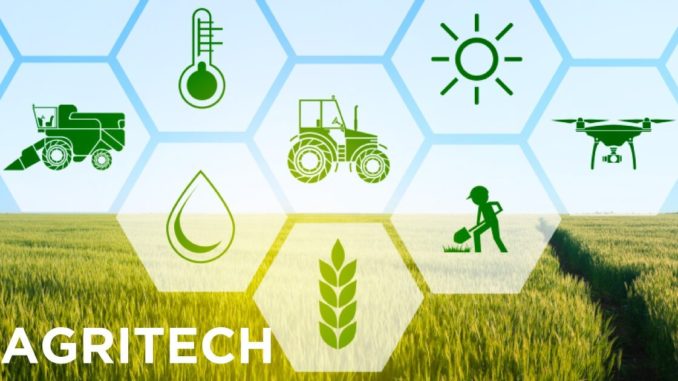The central government has issued a draft notification for separate emission norms for agriculture machinery and construction equipment vehicles on last Sunday. A change was introduced by the government in nomenclature for emission norms from the Bharat stage to TREM stage according to the notification In order to control the output of air pollutants from compression ignition engines which are including motor vehicles, the government has instituted emission standards like Bharat stage emission standards (BSES). This notification has been done to avoid any future confusion.
The ministry of road transport and highways has ready to accept suggestions and comments from the public and all the stakeholders on a draft proposing to amend CMVR (Central motor vehicles rules) to separate the emission norms for agriculture machinery and construction equipment vehicles. As per the notification, nomenclature changed from Bharat Stage 5 to TREM Stage 5 for agricultural tractors and other equipment and followed through different stages of CEV for the construction equipment vehicles. These all are done to avoid future confusion regarding the emission norms of other vehicles which has BS norms. So by considering the request of the ministry they are providing some more time in implementing the next stage of emission norms are proposed. Also, they decided to make the next phase of emission norms of CEVs from April 1, 2021, by providing a deferment of six months.
As per the new changes in the notification, the nomenclature has been changed from BS 5 to TREM stage 5 for agricultural tractors. The main impact of changing norms resulted in implementing quality provided emission standards in India over agricultural equipment and construction equipment. India has a country where more people depend on agriculture should implementing emission norms for the manufacturing sector.
Now we are facing a health crisis around COVID19 that has affected all walks of life. In this pandemic situation protecting the lives of people suffering from the disaster as well as frontline health responders have been the primary aim of nations. Governments have swung into actions since the Coronavirus attack created an unpredictable situation.
During these challenging times, how does Indian Agriculture respond to the crisis and how do government measures affect 140 million farm households across the country, and thereafter impact in the economy due to these situations is very important to count. Based on the present scenario, it is important to change the norms for protecting the primary sector by implementing new techniques in the agriculture and manufacturing sector.

